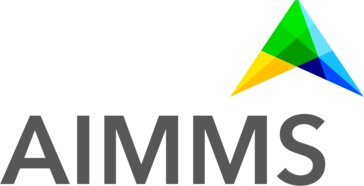I received some feedback from a customer regarding the scrolling in WebUI pages.
Unintuitive from page perspective
To scroll up/down on a page, the user has to move the mouse to:
- An empty spot (without widget)
- A spot that contains table row headers (the rowheader-viewport)
Unintuitive from table widget perspective
To scroll up/down in a table, this is only possible with the cursor in the grid-viewport. Users expect that it’s also possible to table-scroll when the mouse is in the rowheader-viewport.
Proposal (what I think would be intuitive)
- When the cursor is in a table, scrolling takes place in the table. It doesn’t matter whether the cursor is located in the rowheader or the grid viewport.
- When it is not possible to scroll further in the table (because the top or bottom is reached), continue with scrolling on page level.
Best regards,
Sander



